Aeworui Bam (애월의밤)
9.9Km 2021-03-25
10, Gukhoe-daero, 34-gil, Yeongdeungpo-gu, Seoul
+82-507-1344-4127
This is a place where you can enjoy shrimp and salmon at once. The best menu at this restaurant is salmon sashimi. This Korean dishes restaurant is located in Yeongdeungpo-gu, Seoul.
Uriheo Pocha (우리회포차)
9.9Km 2021-03-25
8-2, Gukhoe-daero, 34-gil, Yeongdeungpo-gu, Seoul
+82-2-2672-0890
It is a place where you can enjoy various types of fresh sashimi. This restaurant's signature menu is sliced raw fish. This Korean dishes restaurant is located in Yeongdeungpo-gu, Seoul.
Gangneung Saengtae makoejip (강릉생태막회집)
9.9Km 2021-03-25
6, Gukhoe-daero, 34-gil, Yeongdeungpo-gu, Seoul
+82-2-2068-5321
It is a place where you can enjoy fresh sashimi. This Korean dishes restaurant is located in Yeongdeungpo-gu, Seoul. The most famous menu is sliced raw small fish.
Golmok Daejang (골목대장)
9.9Km 2021-03-25
1-8, Dangsan-ro, 32-gil, Yeongdeungpo-gu, Seoul
+82-2-2671-7573
It is a place where you can grill various parts of pork. This restaurant's signature menu is grilled pork belly. This Others restaurant is located in Yeongdeungpo-gu, Seoul.
Haesim (해심)
9.9Km 2021-03-25
1-2, Dangsan-ro, 36-gil, Yeongdeungpo-gu, Seoul
+82-2-2631-7890
It is a place where you can enjoy various types of fresh sashimi. This Korean dishes restaurant is located in Yeongdeungpo-gu, Seoul. The most famous menu is pollack soup.
Moguchon Sutbulgalbi (목우촌숯불갈비)
9.9Km 2021-03-18
49-1, Seonggyungwan-ro, Jongno-gu, Seoul
+82-2-3672-2867
This is a Korean cuisine located in Jongno-gu, Seoul. A restaurant serving charcoal-grilled meat. The best menu at this restaurant is grilled boneless beef ribs.
Seoul Crown 88 Guest House[Korea Quality] / 서울크라운88게스트하우스[한국관광 품질인증/Korea Quality]
9.9Km 2020-12-10
189, Seongmisan-ro, Mapo-gu, Seoul
+82-10-3408-0031
Seoul Crown 88 Guest House is a foreigner-only guesthouse located right in the middle of Yeonnam-dong, the hottest district in Seoul at the moment. Its proximity to Hongik University Station makes it accessible to Incheon International Airport, Gangnam, and Digital Media City (DMC) Station. Exiting the inn brings one to a series of chic and trendy cafés and famous restaurants, which is truly a dream come true for visitors itching to get into Seoul’s alleyways. The guesthouse is also close to Gyeongui Line Forest Park, a space of natural healing in the city. All rooms are four-person dormitory-style rooms, furnished with fragrant wooden beds and comfortable beddings. The window toward the top of the bed provides a view of the residential district and brings in sunlight throughout the day to brighten the room. Moreover, all rooms have personal lockers and dressing tables. Community facilities in the guesthouse include the living room, which is equipped with a sofa, TV, and table, restrooms, and a kitchenette for simple reheating. Finally, the guesthouse offers free breakfast between 08:00 and 10:00, which includes toast, milk, and juice, and provides services in English and Chinese.
Appe Seoul (아뻬서울)
9.9Km 2021-03-24
1, Changgyeonggung-ro, 35na-gil, Jongno-gu, Seoul
+82-10-7390-8742
You can eat honey cake that you cannot enjoy anywhere else. This cafe is located in Jongno-gu, Seoul. The representative menu is coffee.
Seomsonyeon (섬소년)
10.0Km 2021-03-23
12, World Cup buk-ro, 6-gil, Mapo-gu, Seoul
+82-2-333-9286
It is a place to cook using wild seafood directly obtained from the East Coast. This Korean dishes restaurant is located in Mapo-gu, Seoul. The representative menu is spicy pollack stew.
Templo Cheonggyesa en Gyeonggi-do (청계사(경기))
10.0Km 2021-11-29
Cheonggye-ro 475, Uiwang-si, Gyeonggi-do.
A poca distancia del lago Baegun, existía un templo famoso por la flor mítica del budismo, la “udumbara”. Siendo una especie rara de flor, suelen presentarse en las áreas de la estatua de Buda, pero resulta, que esta flor había aparecido en el templo Cheonggyesa del monte Cheonggyesan. El templo fue fundado durante el período de Silla y fue restaurado al 10º año de reinado de Chungnyeol (1284), y posee una gran cantidad de patrimonios y reliquias históricas pertenecientes al budismo. Entre los valiosos tesoros que posee el templo, lo más destacable es la campana de cobre y la plancha de madera. La campana de cobre fue construída a los 27 años de reinado de Sukjong (1701), con representaciones de dos enormes dragones, la imagen del Buda que sostiene una flor de loto, entre otras figuras tradicionales del budismo. La plancha de madera fue designada Patrimonio Cultural de Gyeonggi-do, y hoy en día se conservan 466 planchas de 18 tomos. Además de las mencionadas, también sostiene textos budistas, y otros valiosos registros de la antigüedad.
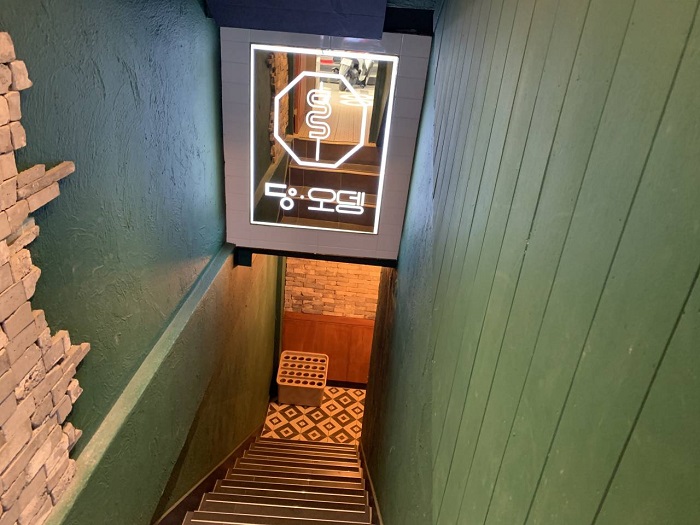
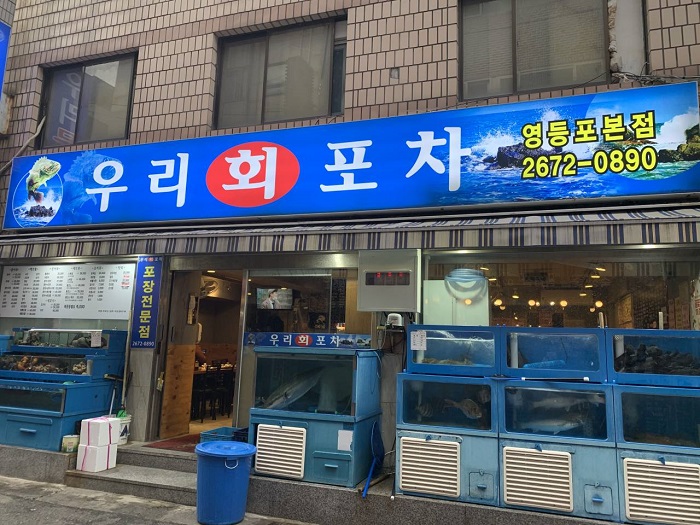
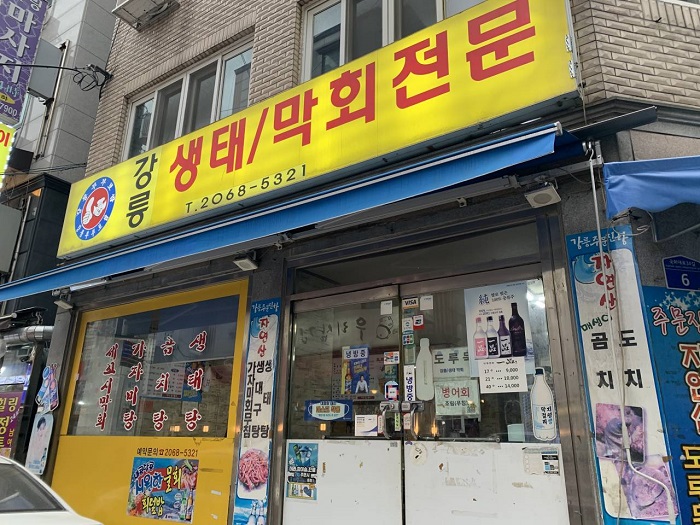
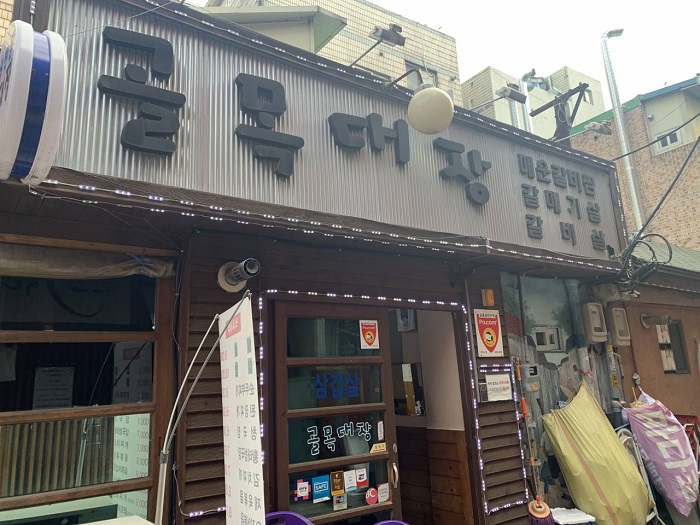
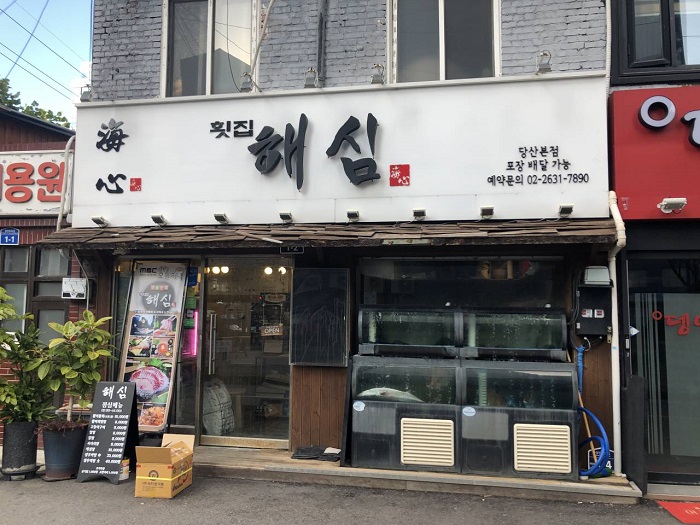
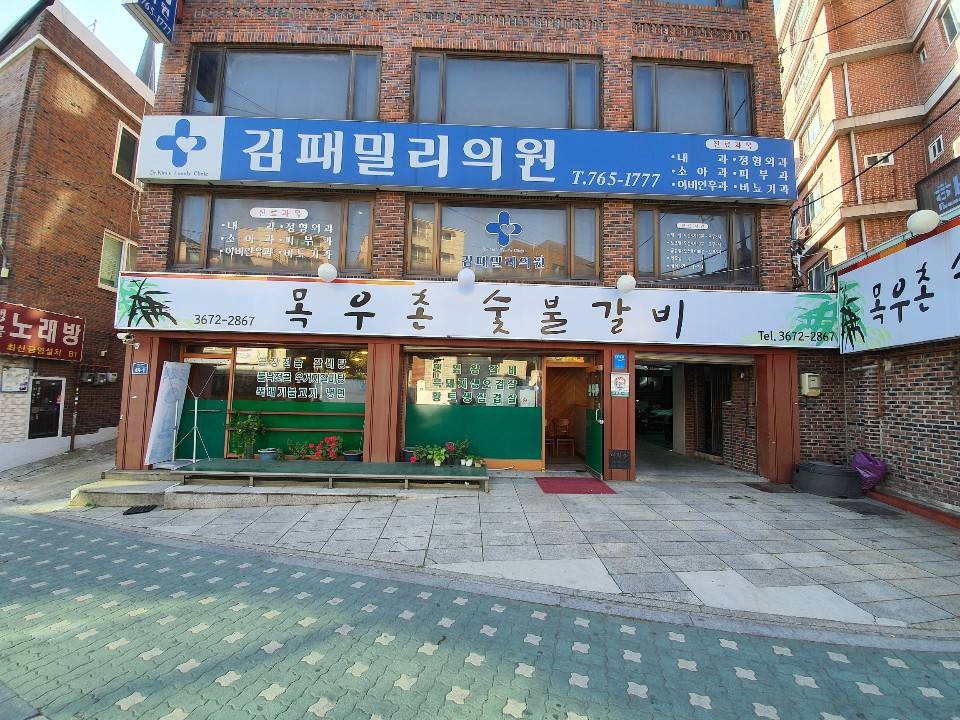
![Seoul Crown 88 Guest House[Korea Quality] / 서울크라운88게스트하우스[한국관광 품질인증/Korea Quality]](http://tong.visitkorea.or.kr/cms/resource/46/2652746_image2_1.jpg)
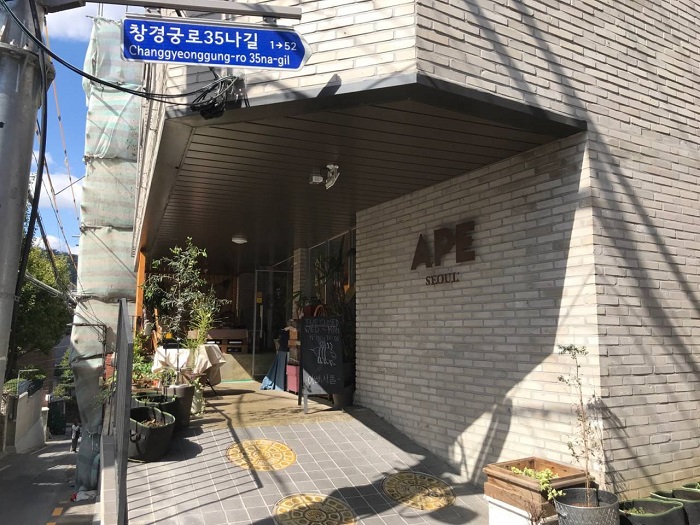
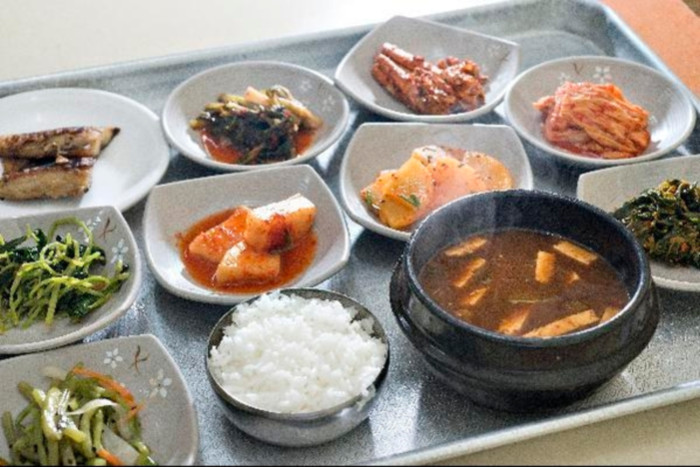
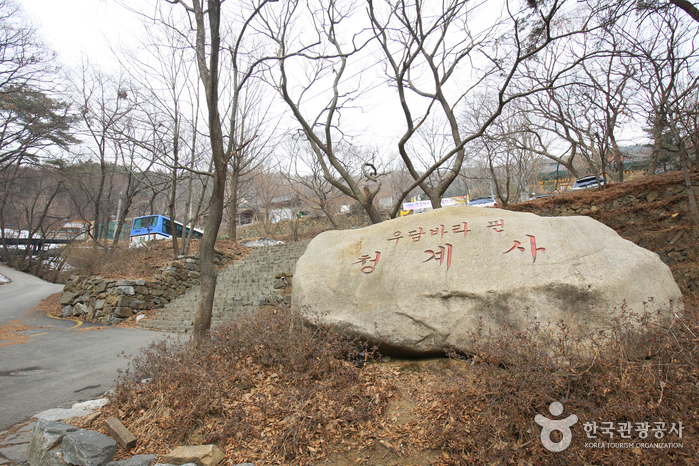
 Español
Español
 한국어
한국어 English
English 日本語
日本語 中文(简体)
中文(简体) Deutsch
Deutsch Français
Français Русский
Русский